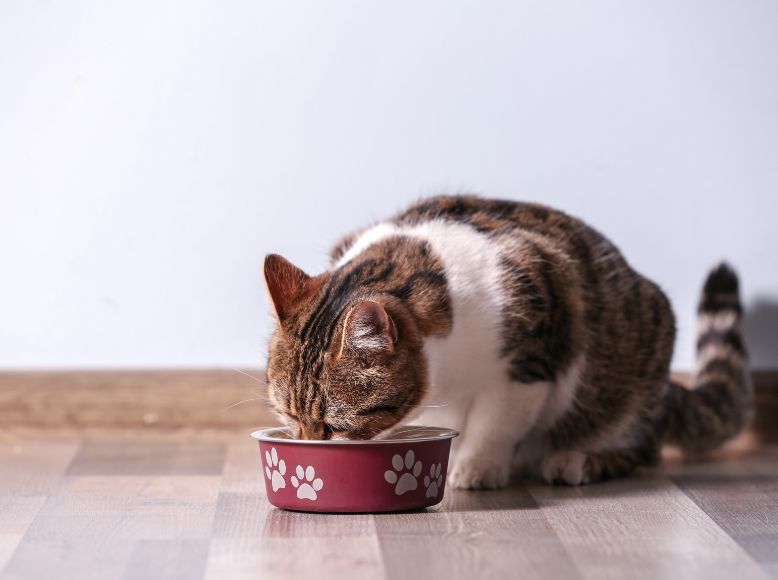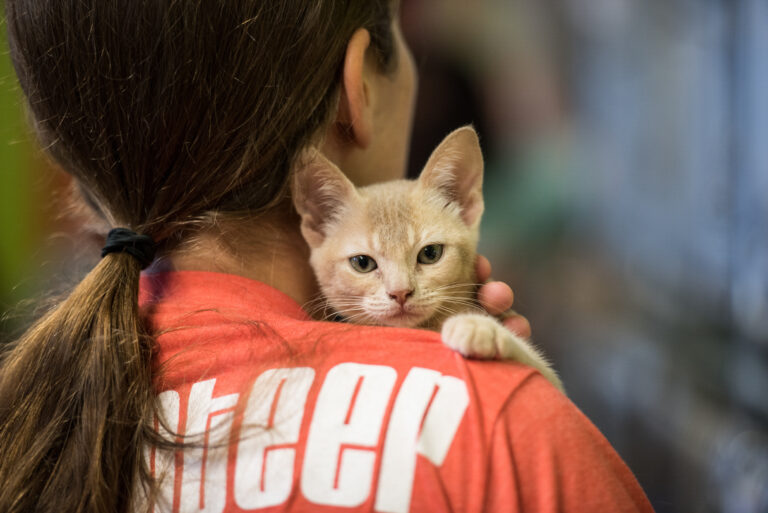As the seasons shift and warmer weather rolls in, many cat parents start reassessing their pets’ diets—especially if their cats are showing signs of sluggishness, allergies, or weight fluctuations. Spring is a common time to switch cat food, whether it’s to match changing nutritional needs, address seasonal sensitivities, or try out a new formula. But for cats with sensitive stomachs, diet changes can be tricky.
Even the highest-quality food can cause digestive upset if introduced too quickly. That’s why transitioning gradually and thoughtfully is key. Here’s how to manage a smooth spring food transition for your cat—especially if their tummy tends to protest.
Table of Contents
Why Switch Cat Food in Spring?
Spring can bring changes in your cat’s behavior, activity levels, and even metabolism. Warmer weather often encourages more movement and play, and some cats may require lighter, more easily digestible diets during this time. Others may develop seasonal allergies or sensitivities, prompting a dietary change to support skin and coat health.
You might also be responding to a veterinarian’s recommendation, changing life stages (such as kitten to adult, or adult to senior), or simply looking for a food with fewer fillers, grains, or allergens. Whatever your reason, the process should be handled with care—especially for cats with delicate digestion.
Signs Your Cat Has a Sensitive Stomach
Before switching foods, it’s important to know if your cat is already prone to digestive issues. Cats with sensitive stomachs often exhibit signs like:
- Vomiting shortly after meals
- Loose or inconsistent stools
- Excessive gas
- Lethargy or disinterest in food
- Weight loss
- Skin irritation or over-grooming (especially near the belly)
If your cat is showing any of these symptoms consistently, consult your veterinarian before making dietary changes.
How to Transition Cat Food Safely
Cats are creatures of habit, and their digestive systems can be thrown off by sudden change. For sensitive stomachs, a slow transition is not just helpful—it’s essential.
Start by mixing a small amount of the new food with your cat’s current food. A general guideline is to follow this 7–10 day plan:
- Days 1–2: 75% old food, 25% new food
- Days 3–4: 50% old food, 50% new food
- Days 5–6: 25% old food, 75% new food
- Day 7+ : 100% new food
Monitor your cat’s stool, appetite, and behavior closely during this time. If vomiting, diarrhea, or disinterest in food occurs, slow down the transition or pause until symptoms resolve.
Choosing the Right Food for Sensitive Cats
When shopping for a spring-friendly diet for your cat, focus on digestible ingredients and simple formulas. Look for foods that contain:
- Limited ingredient lists with high-quality animal protein
- Easily digestible carbohydrates (like rice or pumpkin)
- Prebiotics and probiotics for gut health
- No artificial colors, flavors, or preservatives
- Added omega-3s to support skin and coat during seasonal changes
For some cats, switching from dry food to wet or lightly cooked options can improve hydration and ease digestion—especially helpful during warmer months when dehydration becomes a concern.
Hydration is Part of the Transition
Spring is also a great time to increase your cat’s water intake. Cats naturally have a low thirst drive, but better hydration helps digestion and reduces the chance of constipation or urinary issues. Alongside dietary changes, encourage hydration by:
- Offering wet food or broth toppers
- Providing multiple clean water stations
- Using a cat water fountain to entice sipping
- Adding water to dry kibble gradually, if needed
Hydration can play a major role in how well your cat adapts to a new food.
Support the Gut with Supplements if Needed
For cats with especially sensitive stomachs, your vet may recommend temporary use of digestive supplements like probiotics or digestive enzymes during the transition. These can support gut flora, improve nutrient absorption, and ease the adjustment period. Always consult your vet before adding any supplements to your cat’s routine.
In Conclusion

Spring is a natural time for renewal—and that can include your cat’s diet. Whether you’re shifting to a new formula, changing food types, or addressing seasonal sensitivities, transitioning food properly is crucial for cats with sensitive stomachs. By making gradual changes, choosing easily digestible ingredients, and supporting hydration and gut health, you can help your cat move into the new season feeling their best.
With a little patience and preparation, your feline friend can enjoy their new food—and the spring season—without tummy trouble.








